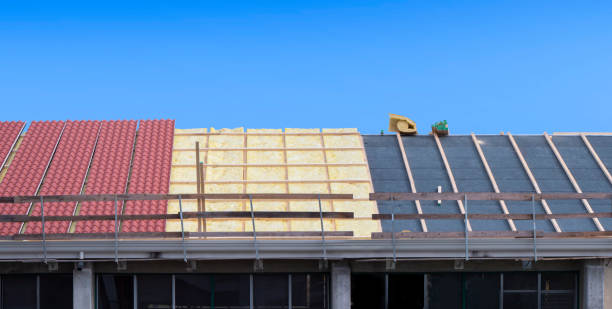Proper roof flashing is crucial for maintaining a watertight seal on your home. Flashing refers to the metal or plastic strips that are installed at joints and seams on a roof to prevent water from seeping in. Without proper flashing, water can easily penetrate these vulnerable areas and cause damage to your home’s structure.
There are several different techniques for installing roof flashing, each with its own best practices. One common method is step flashing, which involves overlapping individual pieces of metal along the edges of shingles or other roofing materials. This creates a continuous barrier that directs water away from the joint and down the roof slope.
Another popular technique is valley flashing, which is used in areas where two roof slopes meet to form a valley. Valley flashing is typically made of metal and should be installed with care to ensure that it provides adequate protection against water infiltration.
Chimney flashing is another important aspect of proper roof installation. Chimneys are particularly vulnerable to leaks due to their protrusion through the roof surface. Flashing around chimneys should be carefully sealed and secured to prevent water from entering the home.
When installing roof flashing, it’s important to use high-quality materials that are designed to withstand harsh weather conditions. Copper and aluminum are commonly used for flashing due to their durability and resistance to corrosion. It’s also essential to properly seal all seams and joints with roofing near me cement or caulk to prevent water from seeping in.
Regular maintenance of your roof flashing is also crucial for ensuring its effectiveness over time. Inspect your flashings regularly for signs of wear or damage, such as rust or bending, and make any necessary repairs promptly.
– Keep gutters clean and free of debris so that water can flow freely away from the roof. – Trim back overhanging tree branches that could potentially damage flashings during storms. – Check attic insulation levels regularly to prevent condensation buildup that could compromise flashings. – Hire a professional roofer for regular inspections and maintenance checks on your flashings.
By following these best practices for installing and maintaining roof flashings, homeowners can help protect their homes from costly water damage caused by leaks. Properly installed flashings provide an essential barrier against moisture infiltration, helping extend the lifespan of your roof while keeping your home safe and dry.
Murray Built Construction
2318 W Eleven Mile Rd, Berkley, MI 48072
248-617-4580
